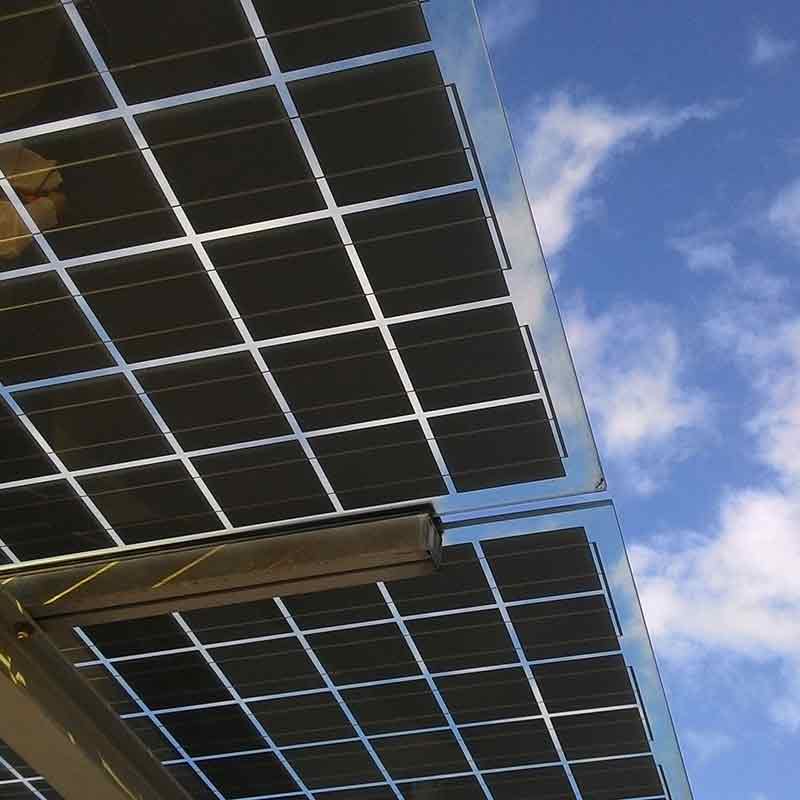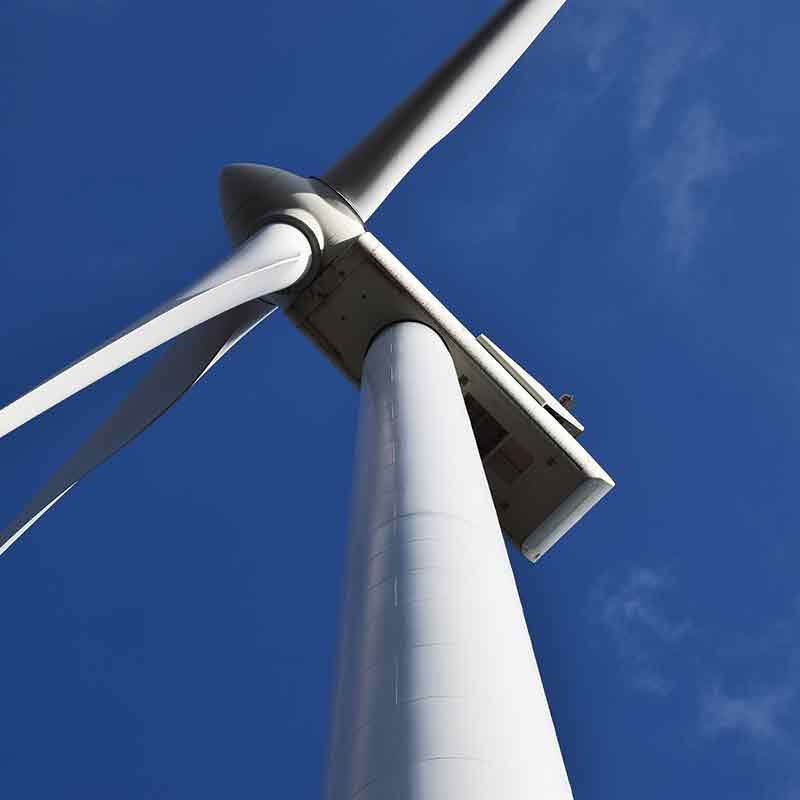Sustainable energy 101: get informed - strategies
What strategies are available?
Companies embarking on energy management have two main strategies at their disposal: energy efficiency and renewable energy.
Energy efficiency (EE)
Energy efficiency is about doing more with less — adopting energy saving technologies and practices to reduce your energy consumption. The untapped potential of EE is substantial. According to the IPCC’s Special Report on Global Warming of 1.5°C, the highest-emitting sector — industry — could achieve 42 percent of its needed CO2 emissions reductions through EE measures alone.
Renewable energy (RE)
Renewable energy is about replacing your fossil fuel energy sources with low-carbon energy sources (those which emit fewer greenhouse gases), such as solar or wind, to minimize your carbon footprint. According to the International Energy Agency, renewable energy deployment is growing, making up 40 percent of global energy consumption growth and two-thirds of net global electricity grid capacity additions. The cost of renewables has been falling precipitously since 2009; solar PV module prices have fallen almost 80 percent, and wind turbine prices, 30-40 percent.

Strategic energy management (SEM)
To make the most of your energy sustainability efforts, however, don’t stop at just one strategy or the other; deploy both EE and RE in an energy management program that will allow you to meet your most ambitious goals in the most cost-effective way: strategic energy management (SEM).
SEM refers broadly to the approaches to energy management that are focused on: achieving specific, time-bound and quantified targets, spanning an organization’s full portfolio rather than isolated facilities or assets, seeking continual improvement rather than one-off successes, targeting long-term savings, and/or seeking to efficiently allocate resources by prioritizing them among a portfolio of project opportunities.
It involves organizational change that integrates energy sustainability considerations into your company’s DNA, making energy excellence second nature.

What resources are available?
If you want to embark on a more comprehensive approach to energy management on your own, you’ll find many tools and resources at your disposal (just see our curated library of 100+ resources). For a jump-start on EE, RE or SEM, explore the following selected resources:
IAC’s energy-saving recommendations to get started on EE
Best practices resources from the DOE’s Industrial Assessment Center on conducting impactful assessments of energy use in industrial facilities so that you can identify ways to save money, improve productivity and reduce environmental impacts. View also IAC case studies and technical documents.
EPA’s green power purchasing guide to get started on RE
An overview and key details on the main green power procurement methods and green power markets in the U.S.
DOE’s 50001 Ready Navigator to get started on SEM
An interactive tool from the DOE for establishing energy management systems to plan, identify, prioritize and implement projects that will improve facility energy performance in line with ISO 50001, the international best practice standard for organizational energy management.
EDF Climate Corps: hands-on-help
You don’t have to go it alone. EDF Climate Corps, a first-of-its-kind fellowship program that that brings together an arsenal of top talent, resources and expertise in a variety of subject matters and industries, is a proven way to achieve your clean energy and climate goals. Armed with a fresh perspective and the latest best practices, EDF Climate Corps fellows come ready to support your organization on a variety of sustainability projects, including:
Scaling energy efficiency
Including new technology and financing.
Renewable energy
Including on-site, off-site and procurement.
Setting GHG targets
Focusing on goals that are ambitious and science-based.
Supply chain sustainability
Focused on energy, including scope 3.
Learn more about the program, including 600+ EDF Climate Corps success stories and information on hiring your own EDF Climate Corps fellow.


Eye-opening facts to tell your boss!
- Bold climate action could deliver a direct economic gain of $26 trillion globally by 2030, generate more than 65 million new low-carbon jobs, and avoid more than 700,000 premature deaths from air pollution.
- Implementation of the energy management system ISO 50001 globally by 2030 could lead to energy savings of 62 exajoules, energy cost savings of $600 billion and 6.5 Gigatonnes of avoided CO2 emissions, approximately equivalent to the annual emissions of the United States.
- Case studies have demonstrated the clear business value of implementing energy management systems such as ISO 50001, showing energy performance improvements of 10 percent and more, with most of the improvement (in some cases, 70 percent or more) coming from low or no cost operational improvements.
- The Department of Energy estimates that existing efficiency standards completed through February 2016 will, on a cumulative basis between the National Appliance Energy Conservation Act’s 1987 enactment and 2030, save 132 quadrillion Btus (quads) of energy, save consumers nearly $2 trillion on their utility bills and reduce CO2 emissions by more than 7 billion metric tons. For comparison, the entire United States economy uses about 100 quads per year.
- Globally, efficiency gains since 2000 prevented 12 percent more energy use than would have otherwise been the case in 2017. However, with stronger energy efficiency policies in place, last year the world could have saved more than …
- 2.2 million barrels of oil per day if all countries had adopted the best passenger fuel economy standards.
- 16 percent of industry electricity use if all countries had adopted the strongest electric motor standards.
- $20 billion if everyone had purchased the top 10 percent most efficient refrigerators.